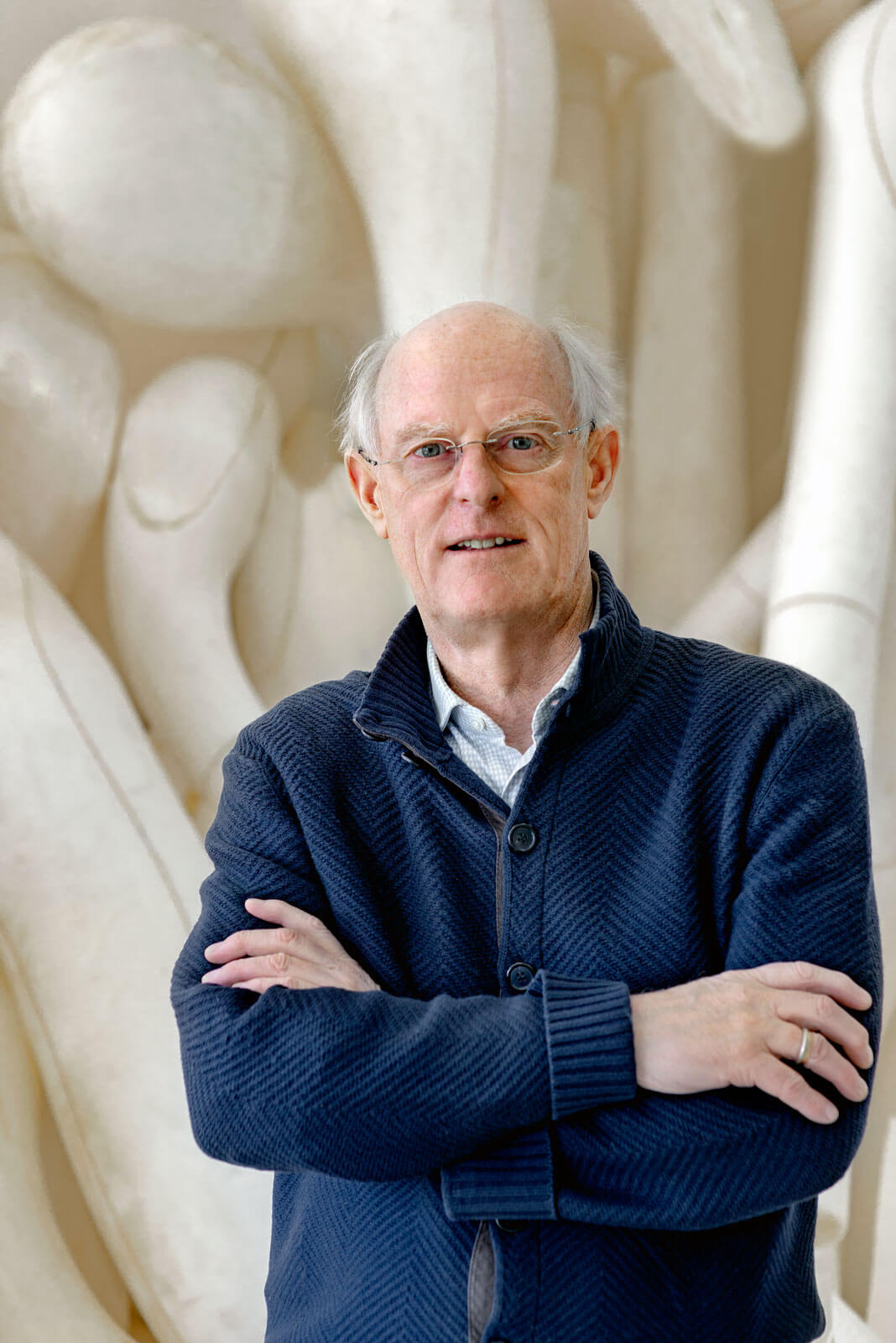Tony Cragg
Born in Liverpool, 1949

Tony Cragg trained at the Royal College of Art in London (1973-77), and in the late 1970s he began to make a name for himself with a number of sculptures intended as assemblies of fragments of wood and, above all, plastic junk. His renown was consolidated in 1988, when he won the prestigious Turner Prize and received the commission for the British pavilion at the Venice Biennale.
The 1980s saw Cragg expand the range of materials he works with to create sculptures in bronze, iron, pottery or glass. He approached the last of these in 1986, when Willem Heesen invited him to a symposium in Leerdam: from this meeting came works that, in line with his own modus operandi, used industrial glass modified through satinising, waxing and the deployment of chemical materials such as bromide. While in the Netherlands he had the opportunity to experiment with blown glass, working with the Czech master Petr Novotny, but what he himself described as “long-established techniques and procedures” stopped him from progressing any further until his discovery of Murano, and specifically of the glass furnace of Adriano Berengo, who encouraged him in this direction, towards hand-worked artistic glass.
Cragg has served as director of the Kunstakademie in Düsseldorf, where he has taught since 1978. He currently lives and works in Wuppertal, where he has created a public sculpture park that features works by the leading names in the field of international sculpture.


Terme di Diocleziano


Negozio Olivetti


Museo Novecento Firenze


Fondazione Berengo Art Space


Custot Gallery




